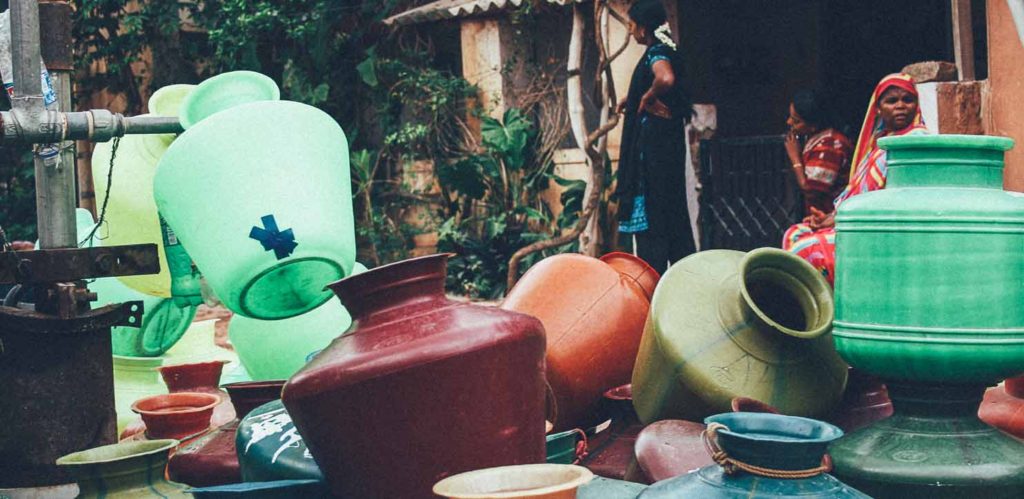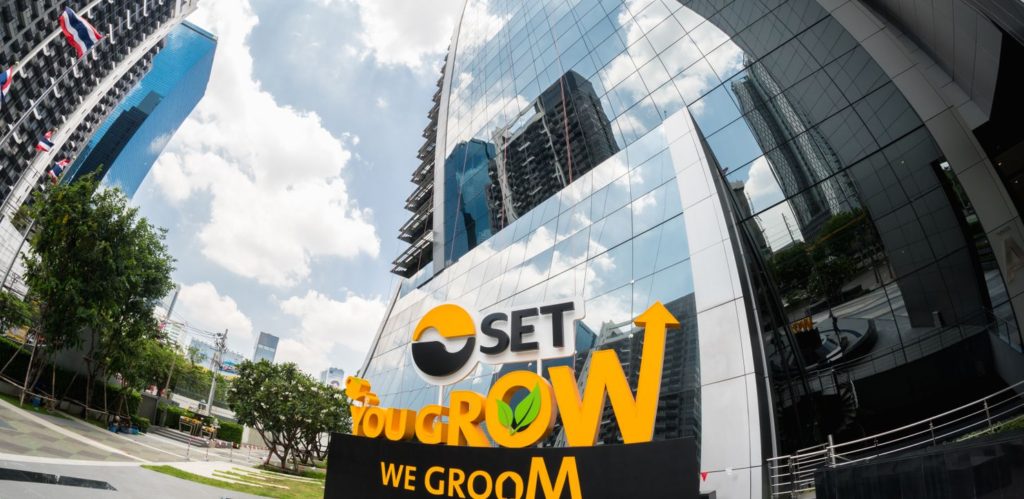In 2017, a Japanese private foundation known as the Sasakawa Peace foundation announced its decision to set up an Asian Women Impact Fund to support the economic activities of women in Asia. Worth approximately USD 100 million, this is the first significant impact investment fund in Asia to be initiated by a private sector actor.
The Director of Gender Investment and Innovation Group at The Sasakawa Peace Foundation (SPF) Mari Kogiso, disclosed the challenges of leading the first fund in Asia that considers female empowerment as a crucial incentive for addressing gender disparities through investment strategies.
Holding a BA in Economics from Tokyo University and an MA from the Fletcher School, Tufts University, Mari Kogiso is the Director General of the Gender Innovation and Investment division at the Sasakawa Peace Foundation. She has led the establishment of the Asia Women Impact Fund in 2017 and is involved in several STEM initiatives involving women and girls.
Prior to joining the Sasakawa Peace Foundation, Mari held various positions related to sustainability in the World Bank Group and Dalberg Japan. She now serves as an expert advisor on JICA’s Overseas Investment Review Committee.

Before we talk about the Women Impact Fund, what are the achievements that you are proud of when celebrating 2 years as Director of Gender Investment and Innovation at SPF?
The establishment of the Asian Women’s Impact Fund for us is an achievement. Planned investment for the Fund in the first year is 10 million US dollars and we remain ambitious to meet the projected USD 100 million over the lifespan of the fund. The fund will be allocated to projects, entrepreneurs, or institutions in Southeast Asia that contribute to improving the status of women, such as microfinance, women-related ESG funds, and impact funds.
A second important achievement has been raising awareness of our work in Asia through our continual funding activities and the development of our investment portfolios. We strive to advocate for an environment that reduces social gender disparities. It should not be the norm that women tend to do more housework than men or women are less trusted than men when managing business.
Why has the Sasakawa Foundation chosen female economic empowerment as a solution for gender equality in Southeast Asia?
Southeast Asia is made up of countries at different stages of socio-economic development and women can often suffer from a lack of employment opportunities. Thus entrepreneurship is an important platform to make a living. However, in many cases women have great difficulties obtaining loans from financial institutions, meaning that female entrepreneurs have to keep their operations small. In order for women to actively participate in society, it is necessary to create an environment that mitigates social gender disparities. The Sasakawa Peace Foundation believes that improving women’s access to finance is an effective means to achieve this goal.
The Sasakawa Peace Foundation believes that improving women’s access to finance
is an effective means to achieve this goal.
How do you describe the approaches of the Asian Women’s Impact Fund to reduce social gender disparities, in comparison with other global funds?
The fund does not aim to address a single gender issue such as gender based violence or social protection nor it is limited to invest in women-led companies. We believe gender impact is much broader. The goal of the fund is “all women in Asia are empowered to reach their potential.” We will try to find the best approach to empower women and reduce the gender gap, and will invest in ideas that contribute to a society where all women can meet their full potential.
What are the challenges of being the first gender equality fund in Asia?
The first challenge is to find the right gender focused projects/initiatives. We are looking for more products in public equity funds that focus on women as there is currently absence of those funds in Asia.
The second challenge is the lack of a common evaluation system or indicators for gender equality. For example, the first thing that people make an association with when they hear of gender equality is the percentage of women representing a company’s workforce. However, it’s just a partial picture of a complex social issue. There are other indicators that give us a more informed insight about gender equality issues such as: income gap or access to finance. Identifying the right indicators enables us to diversify our solutions towards the issue and more importantly, to assess the impact of the investment. We therefore hope to redefine what gender equality means in the region by working with some organizations associated with the work of the United Nations.
What is the plan for the fund in 2018?
Our two priorities are to develop the right gender-focused products and contribute to the development of an impact investing ecosystem which enables more money to be directed to solve social problems. This also serves the development of the pipeline for our Asian Women’s Impact Fund.
We have organized a gender lens investing workshop in Bangkok, to discuss common and shared evaluation system, blended finance, necessity of concessionary financing, incubation system for entrepreneurs, etc. The space is still very nascent but with the funding support from the Australian, Canadian, and US government, the interest among stakeholders is growing. We hope to organise this kind of workshop to share knowledge and build networks as much as possible.


